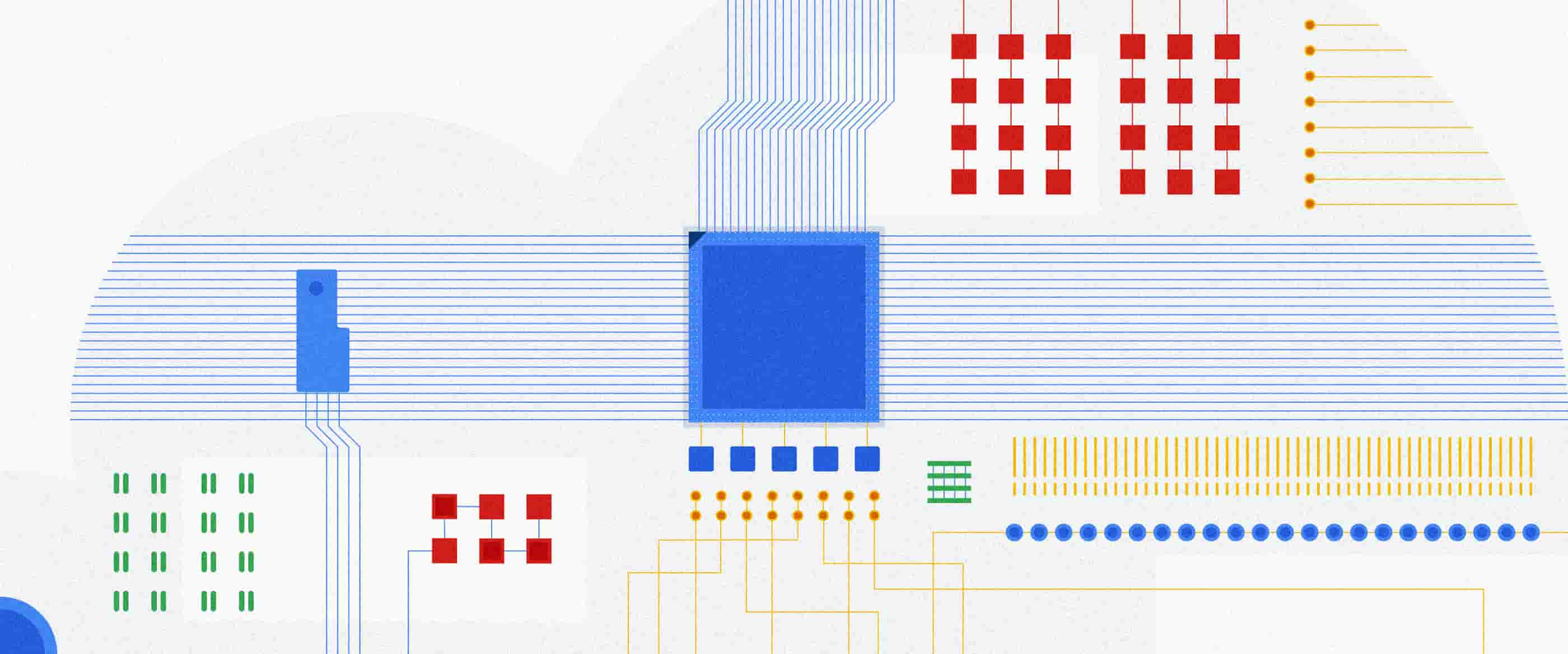This is part one of a two-part series with practical tips to start your AI/ML journey.
Machine learning (ML) and artificial intelligence (AI) are creating more personalized and easier digital experiences for constituents. According to recent studies, 92% of U.S. citizens1 report that improved digital services would positively impact their view of government. At the same time, automation of federal government employee tasks could save between 96.7 million and 1.2 billion hours annually2. So the question for many public servants is, “How do I get started with AI/ML?”
In part one of this blog, I’ve outlined three key steps to start your journey.
1. Get trained. Invest in a couple of training sessions and consider joining an online community. I highly recommend taking our Machine Learning Crash Course and diving into our Machine Learning Universal Guides that provide a great set of guidelines and application worksheets. To learn from others, join our Public Sector Community, where government leaders and technologists meet to share their own AI best practices and lessons learned.
2. Pick a use case. Identify a use case where AI can help scale to provide immediate value to your team (and your entire organization). From a technical perspective, consider the following:
- Does this use case have a lot of rules and/or using unstructured data like video?
- Would it benefit from one of the AI building blocks such as vision for detecting objects, conversation, translation, text analysis or tabular data with lots of rules.
- Do you have existing data (preferably labeled) that you can use to build an AI / ML model? For instance, imagine taking all of the information from a Frequently Asked Questions section of your website, and using that to create a virtual agent to proactively serve your constituents.
- Does the use case fit your organization’s privacy and ethical principles? AI has significant potential to solve some of the greatest challenges and to realize this potential, it is important to apply it responsibly. As an example, here is a link to our AI principles.
3. Experiment. Once you’ve selected your use case, it’s time to take the data you have available and create a machine learning model. Not sure how to build a model? With the recent availability of low to no-code tools, it’s become much easier for anyone to get started building. With Google Cloud’s Vertex AI, you can train and compare models in a simple workflow using our no-code tool AutoML. This process works by simply loading your data, defining your goal and budget, and letting Google take care of all the other steps (feature engineering, architecture design, hyperparameter tuning, …) to build an optimized model ready for deployment. As an example, the U.S. Navy, along with our partner, Simple Technology Solutions, rapidly built an AI-based corrosion-detection and analysis system with AutoML. Additionally, for a quick and fun experiment, try Teachable Machine and build a model in a few minutes.
AI in Action: City of Memphis and State of Illinois
Another example is the City of Memphis, which used AI to automatically detect potholes, helping to create safer streets for residents and visitors of the city. The Memphis team used unstructured video data from their public buses. Meanwhile, the State of Illinois used Contact Center AI to rapidly deploy virtual agents to help more than one million residents file unemployment claims.
Other examples may also include automating a Help Desk assignment/resolution time, extracting key information from documents, or communicating with your constituents in natural language via a chatbot.
AI/ML can be a powerful toolset enabling agencies of all sizes to address many of their short and long term challenges. I hope this short blog helps you to take the first step and get started to scale your mission. And look for my upcoming blog where I will be discussing some key questions that you want to explore before moving your model(s) to production.
References
- 2022 digital trends: The rise of the citizen consumer
- AI-augmented government: Using cognitive technologies to redesign public sector work
By Payam Mousavi, AI ML Customer Engineer
Source Google Cloud





